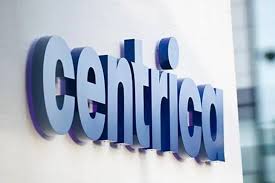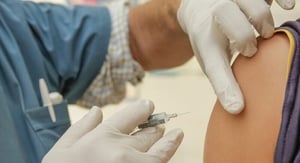Pulse Biosciences, Inc. (NASDAQ: PLSE), a formidable player in the healthcare sector, is making waves in the medical instruments and supplies industry with its pioneering bioelectric medicine technologies. Headquartered in Miami, Florida, this innovative enterprise boasts a market capitalization of $1.16 billion. Despite a lack of traditional financial metrics to guide potential investors, the company’s unique offerings and strategic focus provide intriguing prospects for those willing to explore the frontier of medical technology.
At the core of Pulse Biosciences’ product suite is the CellFX System, a groundbreaking platform leveraging Nanosecond Pulsed-Field Ablation (nsPFA) to treat various medical conditions, including benign skin lesions and atrial fibrillation. This technology positions Pulse Biosciences at the cutting edge of non-thermal tissue treatment, setting it apart from conventional methods and underlining its potential to disrupt existing medical paradigms.
However, a closer examination of Pulse Biosciences’ financials reveals several challenges that investors should carefully consider. The company’s current price stands at $17.29, with a modest price change of 0.01% recently. This falls within a 52-week range of $9.97 to $24.56, indicating some price volatility. Furthermore, the company’s earnings per share (EPS) is reported at -0.99, reflecting ongoing operational costs and investments in research and development without current profitability.
The financial metrics provide little guidance, with key ratios such as P/E, PEG, and price/book all marked as N/A. This absence suggests that Pulse Biosciences is still in a phase of building operational capacity and technological development, prioritizing innovation over immediate financial returns. The company’s negative return on equity of -77.86% and a considerable negative free cash flow of approximately $19.6 million are indicative of the financial hurdles it faces as it scales its operations and market presence.
Dividends are not currently a feature of Pulse Biosciences’ financial strategy, with a payout ratio of 0.00%. This signals the company’s focus on reinvesting earnings into its growth and development endeavors rather than returning cash to shareholders at this stage.
Analyst ratings offer no clear direction, with no buy, hold, or sell recommendations currently listed. This absence of analyst coverage can present both a risk and an opportunity for investors. Without established analyst consensus, the company’s stock may be under the radar, allowing potential investors to capitalize on its innovative trajectory before broader market recognition.
From a technical perspective, Pulse Biosciences’ stock is trading slightly above its 50-day moving average of $16.87 but below the 200-day moving average of $17.87. The Relative Strength Index (RSI) stands at 40.46, which does not indicate an overbought or oversold condition, suggesting a neutral market sentiment. The MACD of 0.04 and a signal line of 0.06 further support this outlook, pointing to a relatively stable, albeit cautious, trading environment.
For investors considering Pulse Biosciences, the allure lies in its potential for long-term growth driven by disruptive technology in the medical field. While the company currently lacks the profitability metrics that traditionally attract investors, the innovative nature of its product offerings and the strategic focus on bioelectric medicine present a compelling narrative. Investors keen on transformative healthcare technologies and willing to embrace the associated risks may find Pulse Biosciences a worthy addition to their portfolios as it continues its journey toward redefining medical treatment paradigms.




































